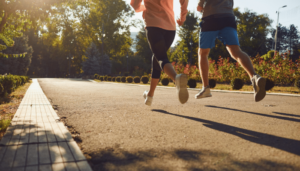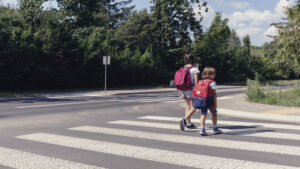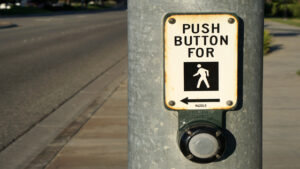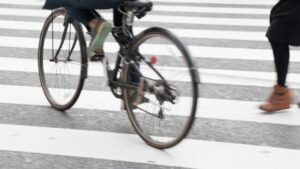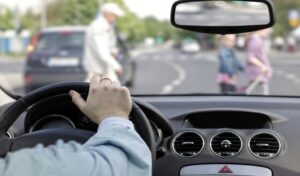
What Are the Top Five States with the Most Pedestrian Deaths?
Pedestrian accidents can occur anywhere, but there are a few select states that have suffered the most pedestrian deaths. Today, we are exploring which states are among the top five for pedestrian casualties in America.
